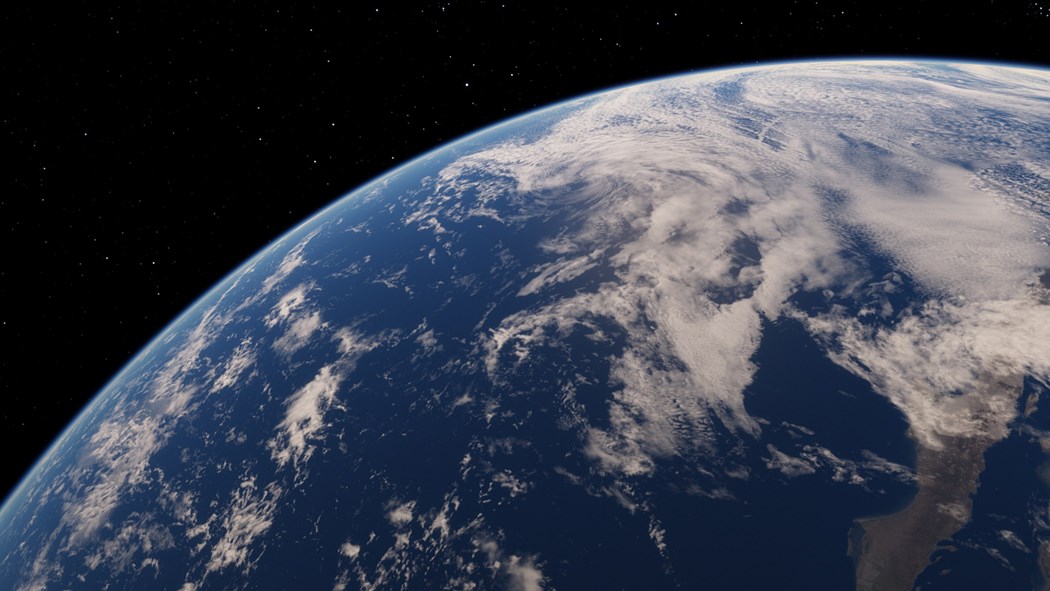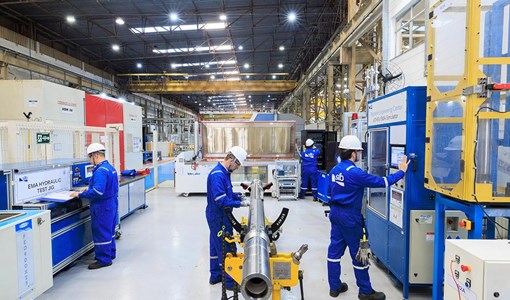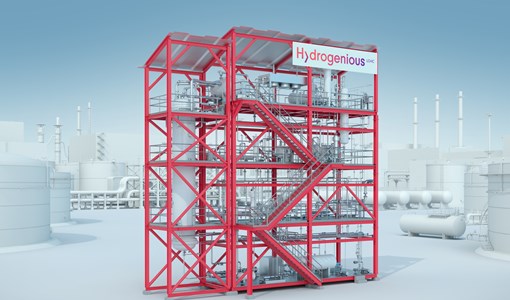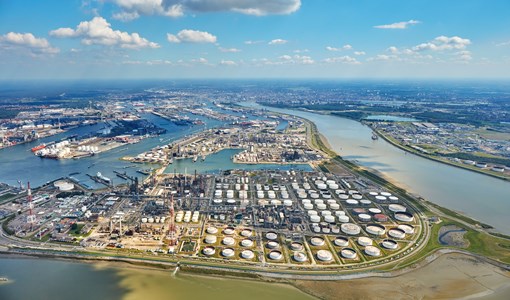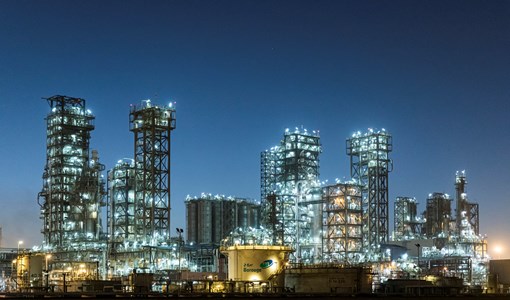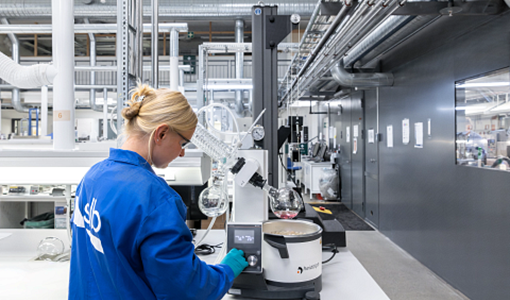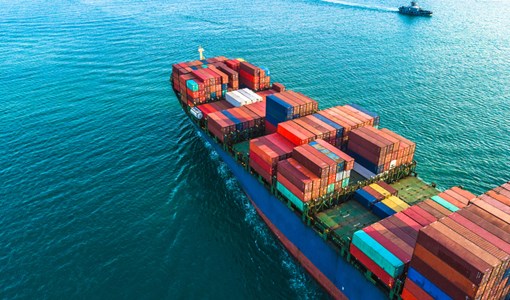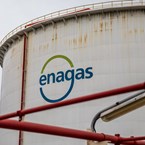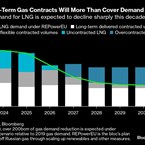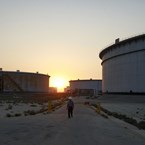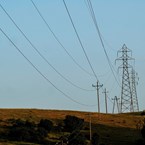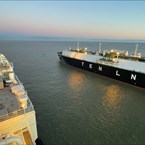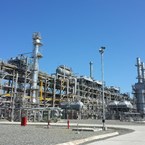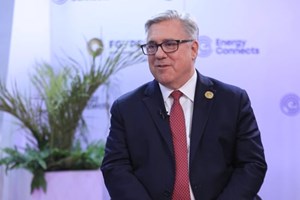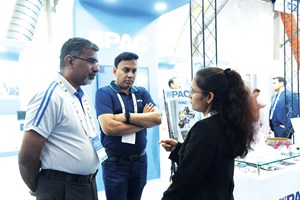GHGSat to launch world's first commercial CO2 satellite
GHGSat will launch the world’s first commercial satellite focused on monitoring sources of carbon dioxide (CO2) later this year.
Currently under construction, GHGSat-C10 will use the same sensor and communications technologies proven by the company’s pioneering fleet of high-resolution methane-hunting satellites. Like them, it will be able to measure emissions from individual industrial facilities - in this instance, sites such as power stations and cement plants - on a routine and repeated basis – which promises to be another first in the field of remote CO2 measurement.
CO2 detection has always been part of the company’s mission. Its demonstrator satellite, ‘Claire’, launched in 2016, was designed to detect carbon dioxide as well as methane (CH4). The focus shifted to methane alone as demand for data on the second most important greenhouse gas grew rapidly.
Six years on, and with six satellites now in orbit, the core technology is well-developed and proven in service. GHGSat has successfully scaled to become an acknowledged global leader in the remote sensing of industrial emissions. Meanwhile, demand for independent and attributable emissions data has grown, especially with the emergence of Environmental and Social Governance (ESG).
In response, GHGSat will be launching the first commercial spacecraft dedicated to measuring CO2 from industrial emitters. GHGSat-C10 will use a similar optical design and the same patented infrared sensor as its methane-detecting predecessors, but tuned to CO2’s specific wavelengths.
With regulators, investors and the public increasingly holding companies to account for both their direct and indirect emissions, there is little doubt that better CO2 data is needed. Although there is a host of public satellites in orbit able to detect the gas, including Japan’s GOSATS 1 and 2, OCO-2 from the US and China’s TanSat, none have GHGSat-C10’s combination of high sensitivity and single-site attribution at the 25-metre scale. The company is adapting its processing tools so the CO2 data collected will seamlessly integrate into its SPECTRA platform, for easy access by customers and partners.
Stephane Germain, CEO at GHGSat, said, “Over the past seven years, we have shown there is demand – from industry and the public sector - for accurate, independent, high-resolution emissions data from space. It helped change the conversation around methane, putting a greenhouse gas that was out of sight and out of mind, to the top of the climate agenda. When GHGSat-C10 launches later this year, we hope to revitalise the discussion around CO2 as well, providing industry and government with tools to help them address this global issue, at the local level.”
KEEPING THE ENERGY INDUSTRY CONNECTED
Subscribe to our newsletter and get the best of Energy Connects directly to your inbox each week.
By subscribing, you agree to the processing of your personal data by dmg events as described in the Privacy Policy.
More technology news

SLB announces agreement to acquire majority ownership in Aker Carbon Capture
Mar 28, 2024
GE Vernova debuts AI-powered emissions management software at Ivory Coast power plant
Mar 27, 2024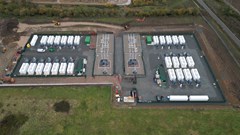
FRV and Harmony Energy announce Europe’s joint largest battery storage system by MWh
Mar 22, 2024
Toshiba generation equipment order will deliver improved power output in Kenya
Mar 20, 2024
Corcovado Geosub and Kongberg Discovery sign multimillion-dollar seabed monitoring deal
Mar 19, 2024
AWS launches new cohort of CEA to find the next wave of clean energy innovators
Mar 18, 2024
Baker Hughes technology enables bp to achieve flare emissions monitoring breakthrough
Mar 15, 2024
CGG secures industry support as it commences global natural hydrogen screening project
Mar 14, 2024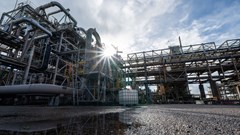
Spirit Energy secures seismic survey vessel for MNZ carbon capture project in UK
Mar 12, 2024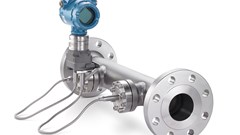
Emerson’s new flow meter solution to deliver reliable measurement data in challenging applications
Mar 07, 2024
Energy Workforce helps bridge the gender gap in the industry
Mar 08, 2024
EGYPES Climatech champion on a mission to combat climate change
Mar 04, 2024
Fertiglobe’s sustainability journey
Feb 29, 2024
Neway sees strong growth in Africa
Feb 27, 2024
P&O Maritime Logistics pushing for greater decarbonisation
Feb 27, 2024
India’s energy sector presents lucrative opportunities for global companies
Jan 31, 2024
Oil India charts the course to ambitious energy growth
Jan 25, 2024
Maritime sector is stepping up to the challenges of decarbonisation
Jan 08, 2024
COP28: turning transition challenges into clean energy opportunities
Dec 08, 2023
Why 2030 is a pivotal year in the race to net zero
Oct 26, 2023Partner content

Ebara Elliott Energy offers a range of products for a sustainable energy economy

Essar outlines how its CBM contribution is bolstering for India’s energy landscape

Positioning petrochemicals market in the emerging circular economy

Navigating markets and creating significant regional opportunities with Spectrum


